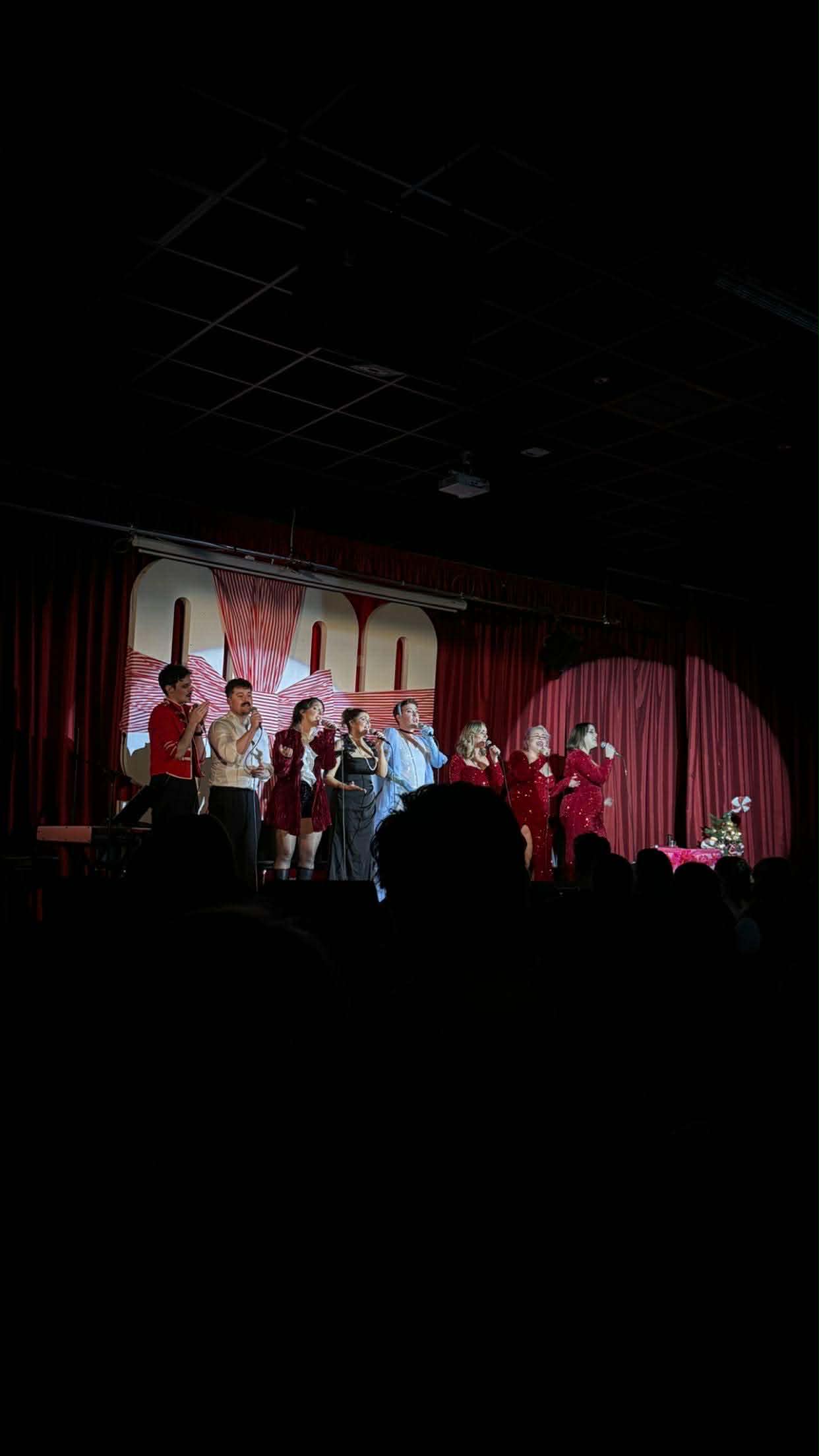With┬áhis latest┬árelease,┬áThe Neon Demon, Nicolas Winding Refn brings us one of the only worthy films to see during this unremarkable summer at the cinema. The film follows 16 year old Jesse (Elle Fanning) who moves to Los Angeles to begin her career as a model. Her young and fresh-faced beauty is her point of privilege in the industry, greatly desired and fetishised amidst the largely┬ánip-and-tuck┬áscene of LA fashion. This ‘deer in the headlights’ look is a commodity and soon leads her to success whilst making her the envy of the more seasoned (and now last-season) models. Jesse, embracing her capital, plunges into the deep end of Refn’s sinister world of the modelling industry – one that is rarely┬árepresented in film, wherein the┬áexploitation and seduction of it all become┬áblurred to an unsettling extent.
The Neon Demon is purposefully detached from reality; it is an immorality tale about Evil being embraced in this nightmarish world where nobody represents ‘Good’. Yet, in its unreality it still confronts us with the corruption and exploitation of our own world. Refn does present some familiar aspects of the fashion industry such as rejection and humiliation at casting calls and the commodification of┬áincreasingly unattainable┬áWestern beauty standards. However the film┬áfocuses on pushing the extent of vanity and envy, allowing underlying desires and taboos to emerge in this vision of LA.

With the stunning cinematography from Natasha Braier and Refn’s stylistic vision, the appropriately sinister tonality is consistent and unyielding throughout the film – every shot is beautiful, with meticulous consideration for the high contrast and high fashion aesthetic. There is potential influence from Kenneth Anger’s Pleasure Dome┬áwhen it comes to Refn’s visual blend of the sinister, fantastic┬áand erotic – from the bound woman levitating at a party delighting and intriguing Jesse, to the self reflective mirror imagery and bright colourisation against pitch-black nothingness. The whole film┬áhas the sheen and edge of the fashion industry, disturbed by the Bu├▒uelian surreal and provocative.
Although, in spite of this largely visual and tonal focus, it is not a superficial film about superficiality. In an entrancing sequence, Jesse goes down a catwalk which becomes a mind-expanding walk past reflections of the self and into her own desires. She is confronted with a triangular neon image in pitch black,┬álights at the end of the runway which are emblematic┬áof the demon consuming all of┬áLA’s fashion world. This is perhaps the most powerful sequence in the film. It has a similar effect as looking at the monolithic shapes of a Rothko painting; just watching the beautiful yet harsh and almost psychotropic sequence unloads the symbolism, visually marking the shift in the film where Jesse allows herself to become corrupted better than the dialogue does in the following scene.

It does have to be┬ásaid that┬ádialogue is not the best. Refn wrote the┬áscreenplay along with┬áMary Laws and Polly Stenham, whilst his most memorable and critically acclaimed film┬áDrive┬áwas adapted by Hossein Amini┬áfrom the James Sallis┬ánovel. Eventually it becomes understood that the dialogue┬áis a stylistic choice – think┬áThe Valley of the Dolls, Twilight Zone-esque┬ástrangeness coming from the one-minded people of LA’s fashion industry, the microcosm for Refn’s sinister world. However, like The Valley of the Dolls, it seems the film unavoidably sacrifices a degree of depth for the sake of this style. Really Refn may have been better off cutting┬ádown the dialogue itself. Often only weakly reiterated the tonality and turns already portrayed by the┬ávisual sequences, the dialogue is mostly hollow and sometimes insipid.
It is possible to see why The Neon Demon has had quite a divided reception, however I do think that it has the potential to be enjoyed by, or at least have an effect on, anybody. This film is the kind that will transport you if accept what you are being shown, no matter how uncomfortable it is trying to make you feel – it is more so provocative in this sense than due to the graphic sexual and violent content. The visuals are more than worth experiencing in themselves as they take the narrative to a subterranean depth. The Neon Demon┬áis a comprehensive and polished story despite its issues with dialogue as Refn gets to the core, the demon at the centre, of the world he has created.


